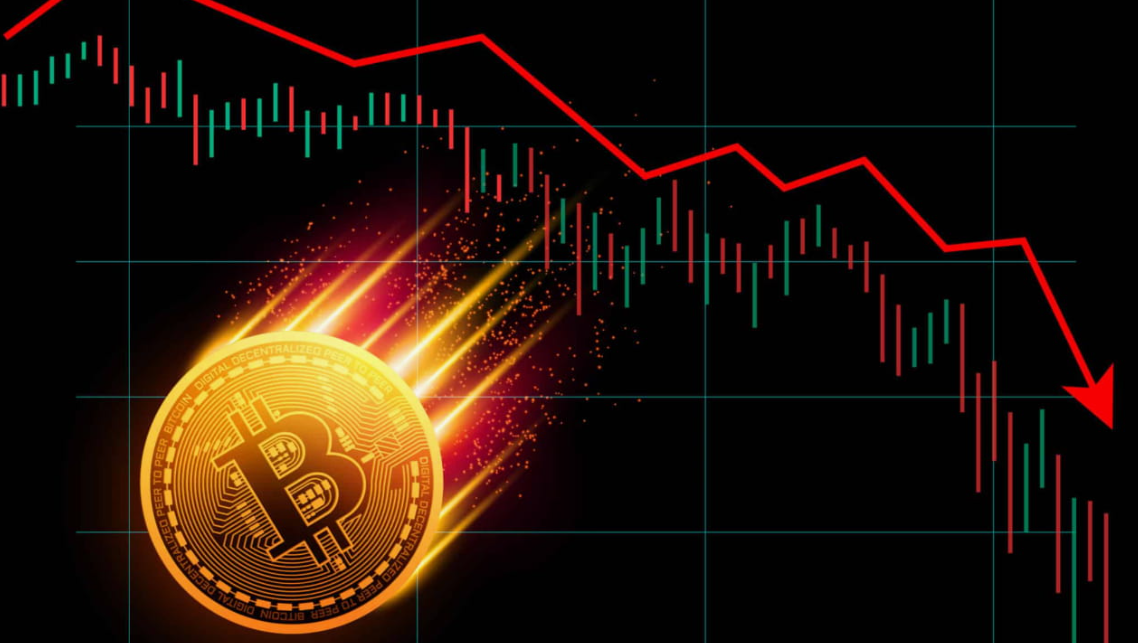Hey there, fellow traders! If you’re here, you’re probably curious about how to make sense of all those market movements. Let me tell you, analyzing market movements is crucial if you wanna stay ahead in this game. With the right tools and a bit of know-how, you can spot trends, make informed decisions, and even outsmart the market a little. So, let’s dive deep into how to analyze market movements effectively!
What Are Market Movements?
First things first, what do we mean by market movements? Well, it’s all about how prices of stocks, currencies, or commodities change over time. Sometimes they go up, sometimes they go down, and sometimes they just dance around like a puppy chasing its tail. These movements can be influenced by a ton of factors, including:
- Economic Data: Reports on things like employment rates, inflation, and GDP can really shake things up.
- News Events: Political events, natural disasters, and even celebrity gossip can have a huge impact.
- Market Sentiment: How traders feel about the market can drive prices up or down, even if there’s no “real” reason for it.
So, keeping an eye on these factors can help you understand why markets move the way they do.
Why Analyzing Market Movements Is Important
Okay, now let’s chat about why you should care about analyzing market movements.
- Informed Decision-Making: If you wanna make good trades, you need to know what’s going on. Analyzing market movements helps you make decisions based on facts, not just hunches.
- Spotting Trends: Understanding trends is key to successful trading. By looking at historical movements, you can identify patterns that might repeat.
- Risk Management: If you can predict market movements, you can manage your risks better. This means fewer surprises that could cost you money.
- Opportunities: By analyzing the market, you might spot an opportunity that others miss. This could lead to profitable trades!
- Building Confidence: The more you understand market movements, the more confident you’ll feel about your trading decisions.
Types of Market Analysis
There are two main ways to analyze market movements: fundamental analysis and technical analysis. Each has its own perks and can help you in different ways.
1. Fundamental Analysis
Fundamental analysis is all about the big picture. You’re looking at economic indicators, financial statements, and overall market conditions. Here are a few key points:
- Economic Reports: Keep an eye on reports like unemployment rates, inflation data, and consumer spending. These can give you clues about the economy’s health.
- Earnings Reports: If you’re trading stocks, company earnings reports are essential. They tell you how well a company is doing and can affect stock prices.
- News and Events: Don’t ignore the news! Major events can cause significant market shifts. For example, a central bank’s interest rate decision can send currency values flying.
2. Technical Analysis
Technical analysis is more about the numbers. You’re looking at price charts and patterns to predict future movements. Here’s how to get started:
- Charts: Use line charts, bar charts, or candlestick charts to visualize price movements over time.
- Indicators: Tools like moving averages, RSI, and MACD can help you spot trends and reversals.
- Patterns: Learn about common chart patterns like head and shoulders, triangles, and flags. These can give you hints about future price movements.
How to Analyze Market Movements
Now that you know why analyzing market movements is important and the different types of analysis, let’s look at how you can do it.
Step 1: Gather Data
You gotta start with solid data. Websites like FXpricing can provide you with real-time and historical data, which is super helpful. Here’s what to look for:
- Live Prices: Keep an eye on live forex, stock, and crypto rates.
- Historical Data: Understanding past movements can give you insights into future trends.
- News Updates: Stay informed about the latest market news. It can help you react quickly to changes.
Step 2: Choose Your Analysis Method
Decide whether you want to use fundamental or technical analysis, or a mix of both. For example, if you’re trading stocks, you might want to look at both the company’s earnings and the stock’s price chart.
Step 3: Analyze the Data
Now it’s time to dig into the data. Here’s a simple approach:
- Identify Trends: Look for upward or downward trends in the data. Are prices generally going up or down?
- Look for Patterns: Check for chart patterns or signals from your indicators. Do you see anything that looks familiar?
- Cross-reference: If you’re using fundamental analysis, compare your findings with the data you see in the charts.
Step 4: Make a Decision
Once you’ve done your analysis, it’s time to make a decision. Should you buy, sell, or hold? Trust your analysis, but don’t forget to keep your emotions in check.
Step 5: Monitor Your Trades
After you make a trade, keep an eye on it. Market movements can change quickly, so stay alert. Adjust your strategy as needed based on new data.
A Personal Experience
I remember when I first started trading. I was overwhelmed by all the data and analysis. I’d hear people talking about technical indicators and market trends, and I thought, “This is too much!” But over time, I learned to take it one step at a time.
I began with fundamental analysis, paying attention to economic reports and news. Then I dipped my toes into technical analysis, using simple charts and indicators. Slowly, I built my confidence. Now, analyzing market movements feels like second nature!
Conclusion
Analyzing market movements is a vital skill for any trader. Whether you’re a newbie or a seasoned pro, understanding how to interpret market data can help you make informed decisions and improve your trading strategies. With tools like FXpricing, you have access to real-time data and analysis that can guide you along the way.
So, roll up your sleeves, dive into the data, and start analyzing! The more you practice, the better you’ll get. Remember, every trade is a learning opportunity. Happy trading!
FAQs
Q1: What is market analysis?
A1: Market analysis involves studying market movements and trends to make informed trading decisions. It can be done through fundamental or technical analysis.
Q2: How can I analyze market movements?
A2: Start by gathering data from reliable sources, choose your analysis method (fundamental or technical), analyze the data, make a decision, and monitor your trades.
Q3: What tools can help with market analysis?
A3: Tools like FXpricing provide real-time data, historical trends, and customizable dashboards for effective market analysis.
Q4: Why is understanding market movements important?
A4: Understanding market movements helps traders make informed decisions, spot trends, manage risks, and seize opportunities in the market.Q5: How can I improve my market analysis skills?
A5: Practice regularly, learn from your trades, stay updated on market news, and use various analysis tools to enhance your understanding of market movements.





